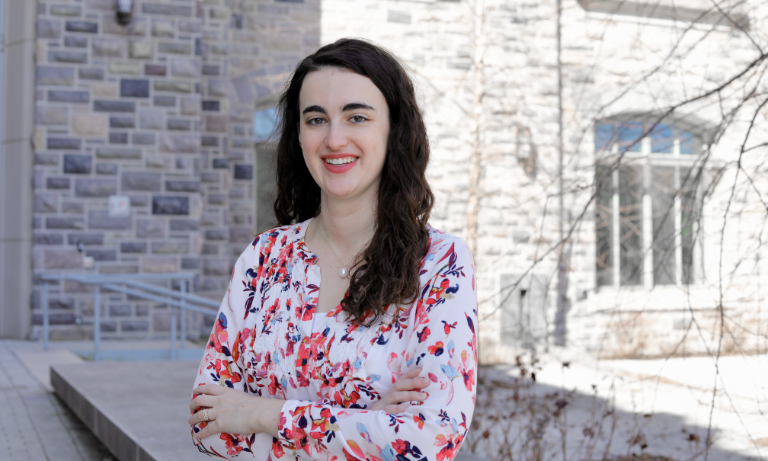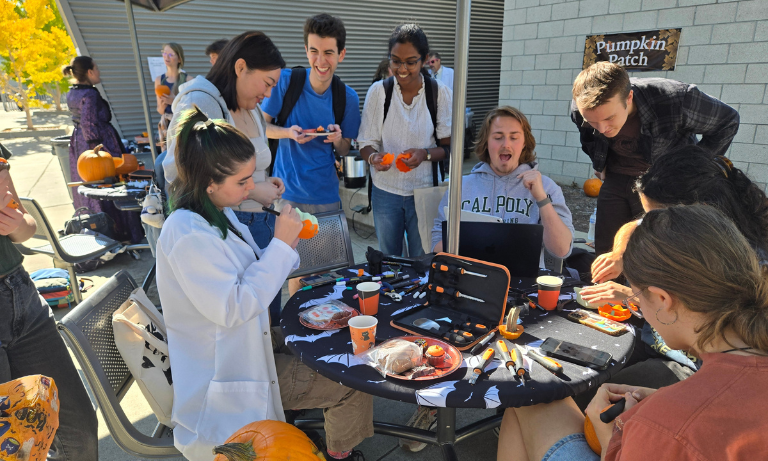Each week, the College of Engineering features an outstanding member of the engineering community to be part of its spotlight campaign. This week, we are highlighting computer engineering Assistant Professor Andrea Schuman.
Hometown: Hoffman Estates, Illinois
What brought you to Cal Poly College of Engineering?
I was excited to join a department aligned with my goals as an engineering educator and researcher. I believe in hands-on, experiential learning and wanted to join an institution that values and works to improve undergraduate engineering education. Learn by Doing is a great way to prepare students for a continually changing job market.
What do you want others to know about your research? Why is your topic important?
I research engineering education, including designing experiential learning interventions for outcomes such as sociotechnical engineering and global engineering competency. After implementation, I analyze these experiences based on students’ and faculty members’ insights. I want others to know that incorporating systematic research and evaluation in their teaching is both possible and valuable. There is a broad body of engineering education literature, a shortcut to identifying proven classroom practices.
How do you like to spend your free time?
I enjoy reading fiction, cooking, playing games (from board games to fantasy football) and trying new hobbies, most recently flipping furniture. I am excited to continue exploring everything SLO has to offer!
How does engineering apply to your daily life?
I apply the engineering design process to a variety of projects, such as decorating our new place and planning trips. It is a great way to analyze goals, milestones and stakeholders while ensuring alignment among all parties.
How do you encourage engineering students to make an impact on the community?
It is important for me to ground engineering principles and projects in a real-world context, which aids sociotechnical learning. It is impactful for students to see that they can balance multiple priorities, including community input, environmental factors, equality and ethics.
By Taylor Villanueva


